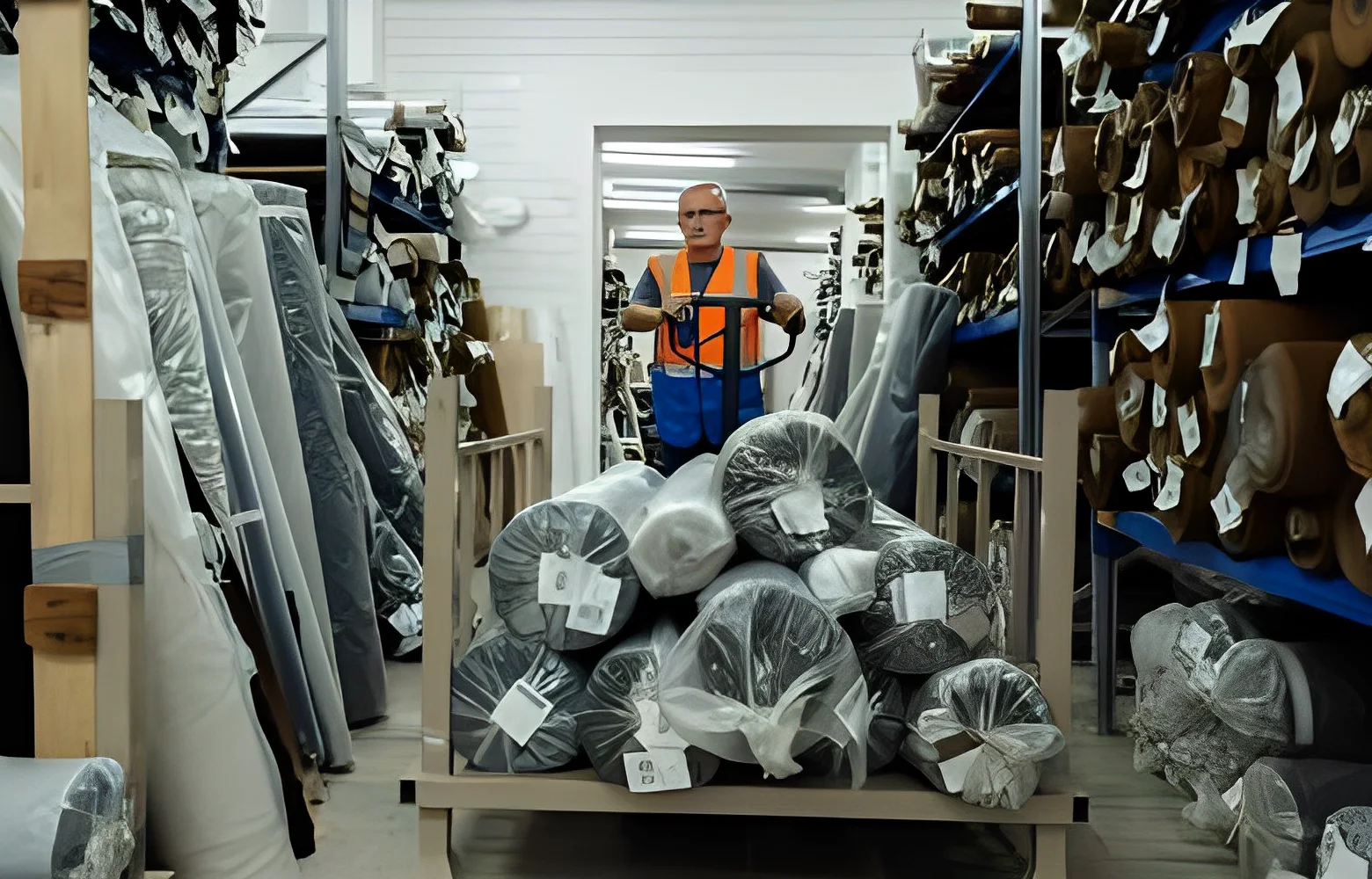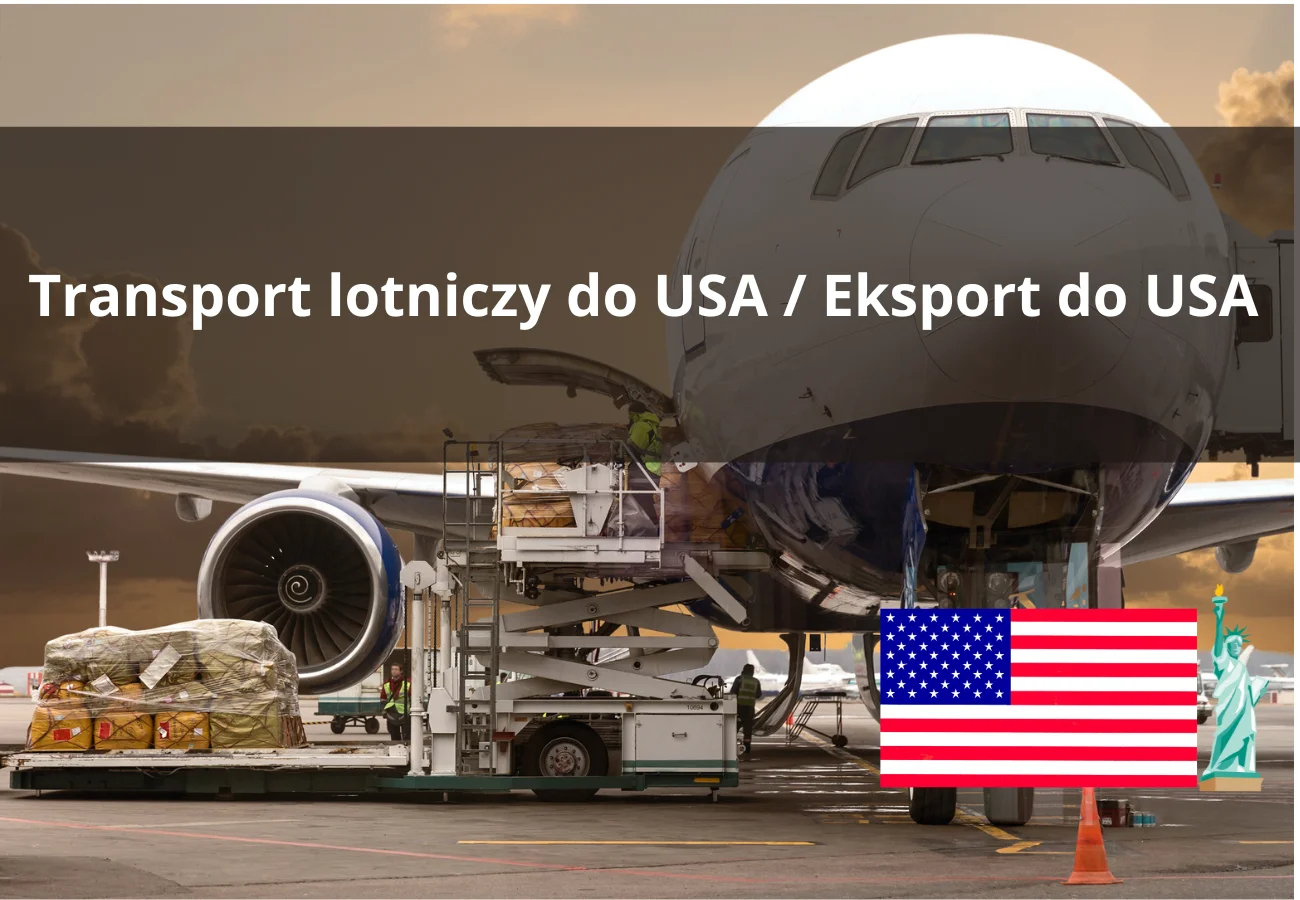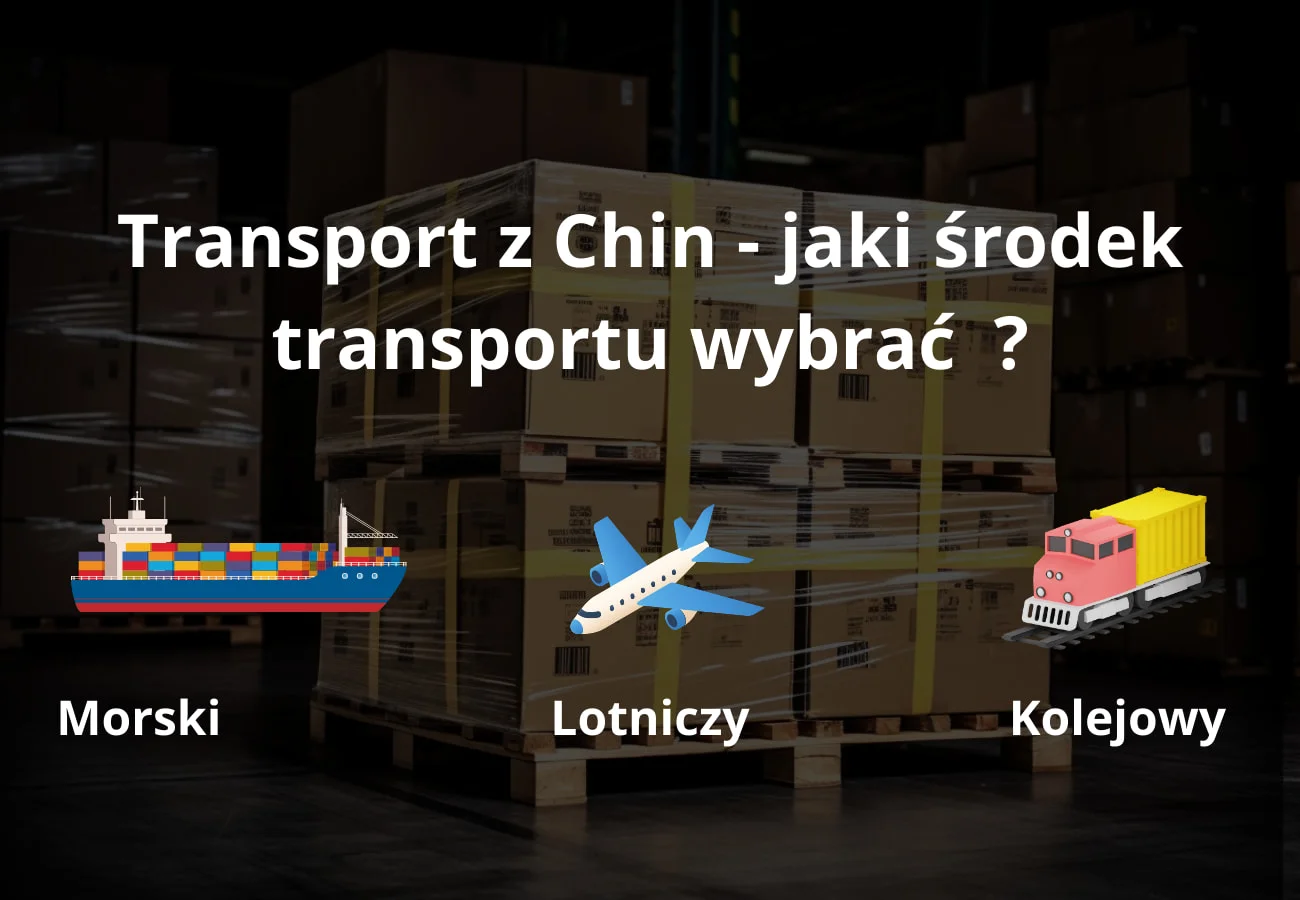In the world of textile and fabric imports, China has long established itself as a leading player. With its huge production capacity, competitive prices and diverse range of materials, Chinese textiles have become the preferred choice for companies around the world. From luxurious silk to durable cotton and versatile polyester, China offers a wide range of fabrics to suit every need and budget. China is known as one of the leading textile manufacturers and exporters, offering a wide range of options in terms of quality, price and design. Furthermore, with advances in technology and quality control measures, the reputation of Chinese textiles has improved significantly, ensuring reliable and consistent product delivery. When companies explore the possibility of importing textiles and fabrics from China, they can benefit from the wide range of products, cost-effective solutions and reliable supply chain offered by the country.
Duty on fabrics and textiles from China
When importing fabrics and textiles from China, it is important to take into account the obligation to pay customs duties. The amount of duty depends mainly on the type and material of the fabric.Before importing fabrics and textiles from China, it is advisable to consult professional advisors in order to gain full knowledge of the applicable customs regulations and the most advantageous import strategies.
Below are the duty rates for selected fabrics:
- Openwork fabrics (5007 20 41 90) - 7.2%
- Woven fabrics of cotton, containing 85% or more by weight of cotton, weighing not more than 200 g/m2 , with a twill, 3-thread or 4-thread weave, including cross twill, unbleached (5208 13 00 00) - 8%
- Woven fabrics of cotton, containing 85% or more by weight of cotton, weighing not more than 200 g/m2 , plain weave, weighing not more than 100 g/m2 , dyed (5208 31 00 00) - 8%
- Woven fabrics of cotton, containing 85 % or more by weight of cotton, weighing not more than 200 g/m2 , supported by weaving, weighing not more than 100 g/m2 , of yarns of different colours (5208 41 00 00) - 8%
- Woven fabrics of silk or of silk waste, dyed (5007 20 59 90) - 7,2%
- Woven fabrics of flax, containing 85% or more by weight of flax, unbleached (5309 11 10 00) - 8%
- Woven fabrics of high tenacity yarn of nylon or other polyamides or polyesters (5407 10 00 90) - 8%
- Woven fabrics of burette, produced on handlooms (5007 10 00 10) - 3%
- Woven fabrics of jute or of other textile bast fibres of a width not exceeding 150 cm (5310 10 10 00) - 4%
- Woven fabrics of carded wool or of carded fine animal hair, containing 85% or more by weight of wool or of fine animal hair, of a weight not exceeding 300 g/m2 (5111110000) - 8%
- Terry towelling and similar woven terry fabrics, of cotton, unbleached (5802100000) - 8%
- Woven fabrics of synthetic staple fibres, containing 85% or more by weight of polyester staple fibres (5512110000) - 8%.
Requirements in the import of fabrics and textiles from China
The requirements for importing textiles and fabrics from China are subject to various regulations and standards, with the aim of protecting human health, the environment and ensuring consumer safety. Here are some key regulations and standards to consider when importing textiles from China:
REACH Regulation (Regulation (EC) No 1907/2006):
REACH is a fundamental law for textiles, textiles and clothing. Its main objective is to minimise the negative impact of chemicals on the environment and human health. Importers of textiles, which may contain more than tonnes of chemicals per year, are obliged to report this information to the REACH database. This regulation covers all chemicals used in the production of textiles.
CITES certificate (Washington Convention - CITES):
The Washington Convention regulates the trade and transport of more than 35,000 species of flora and fauna, including derived products and articles containing parts or derivatives of animals or plants. A CITES certificate may be required for certain textile products that contain animal or plant materials covered by the Convention.
OEKO-TEX label:
The OEKO-TEX label is a voluntary quality and safety standard to which manufacturers of textiles and textile products, including clothing, can apply. This mark informs consumers that products meet certain quality and safety criteria. Obtaining the STANDARD 100 (OEKO-TEX) label can increase a company's prestige and differentiate it on the market.
It is worth understanding these regulations and standards and complying with their requirements when importing textiles and fabrics from China to ensure consumer safety, environmental protection and compliance with applicable regulations. It is always a good idea to consult experts or regulatory agencies before importing to ensure that all requirements and procedures for importing textiles and fabrics are met.
Textile and fabric fair in China
The China Textile and Fabric Fair is an excellent opportunity for textile entrepreneurs to network, learn about new trends and find suppliers of quality fabrics. The fair brings together many renowned manufacturers and suppliers from all over Asia, showcasing a wide range of fabrics in both traditional and innovative designs. Valuable knowledge of the types of fabrics, their properties and current fashion trends allows you to choose the right products that can meet your expectations and requirements. In addition, attending fabric and textile trade fairs in China enables direct contacts to be made with manufacturers, which can lead to advantageous business agreements and long-term cooperation. Therefore, for companies involved in the import of fabrics and textiles, participation in trade fairs in China represents an extremely valuable opportunity to develop business and expand their product range.
Below is a list of the largest textile fairs in China:
- China International Hosiery Purchasing Expo (CHPE)
- SHANGHAITEX
- China International Textile Machinery Exhibition (CITME)
- Yarn Expo Autumn
- China International Fashion Fair (CHIC)
- China International Dye Industry, Pigments and Textile Chemicals Exhibition (China Interdye)
- The Canton Fair
- China International Knitting Trade Fair (CKIW)
- China International Synthetic Leather Fair
- DTC - China International Textile & Clothing Industry Fair
- China International Textile Printing Industrial Technology Expo (China Textile Printing)
- Intertextile Shanghai Apparel Fabrics
- China Keqiao International Textile Expo
- Shenzhen International Trade Fair for Apparel Fabrics and Accessories
- Yarn Expo Spring
- China International Trade Fair for Home Textiles and Accessories (Intertextile Pavilion)
- Première Vision Shenzhen
Summary
In conclusion, importing textiles and fabrics from China can be an advantageous and profitable business decision. With its vast production capacity and competitive prices, China remains a top choice for many textile companies. However, it is important to thoroughly research and understand the import process to ensure a smooth and successful transaction. With proper planning and due diligence imports from china can open up new opportunities for growth and success in the textile market.






